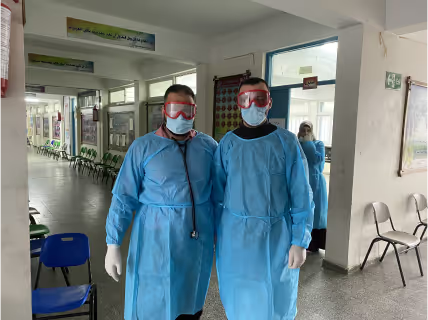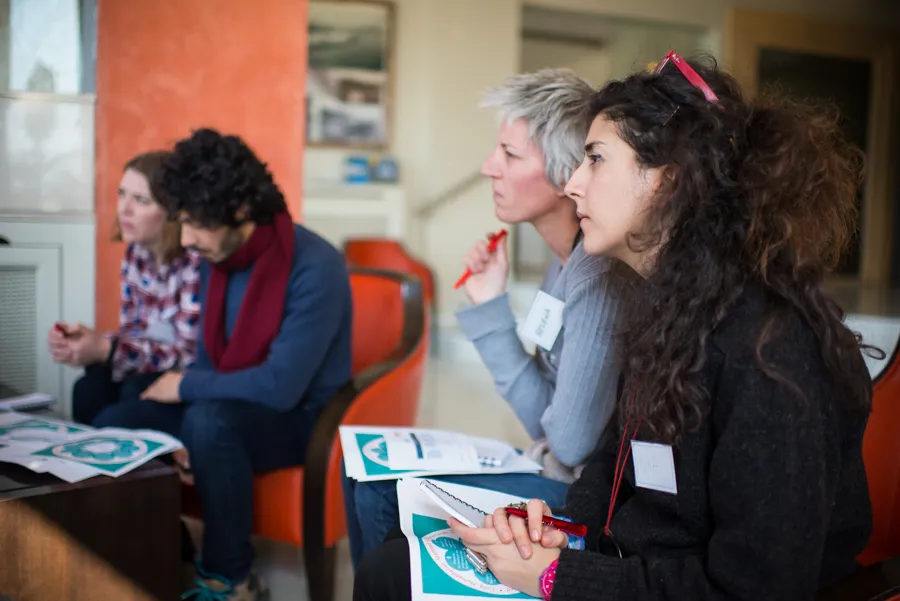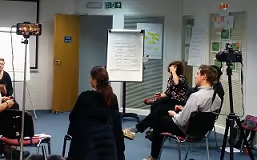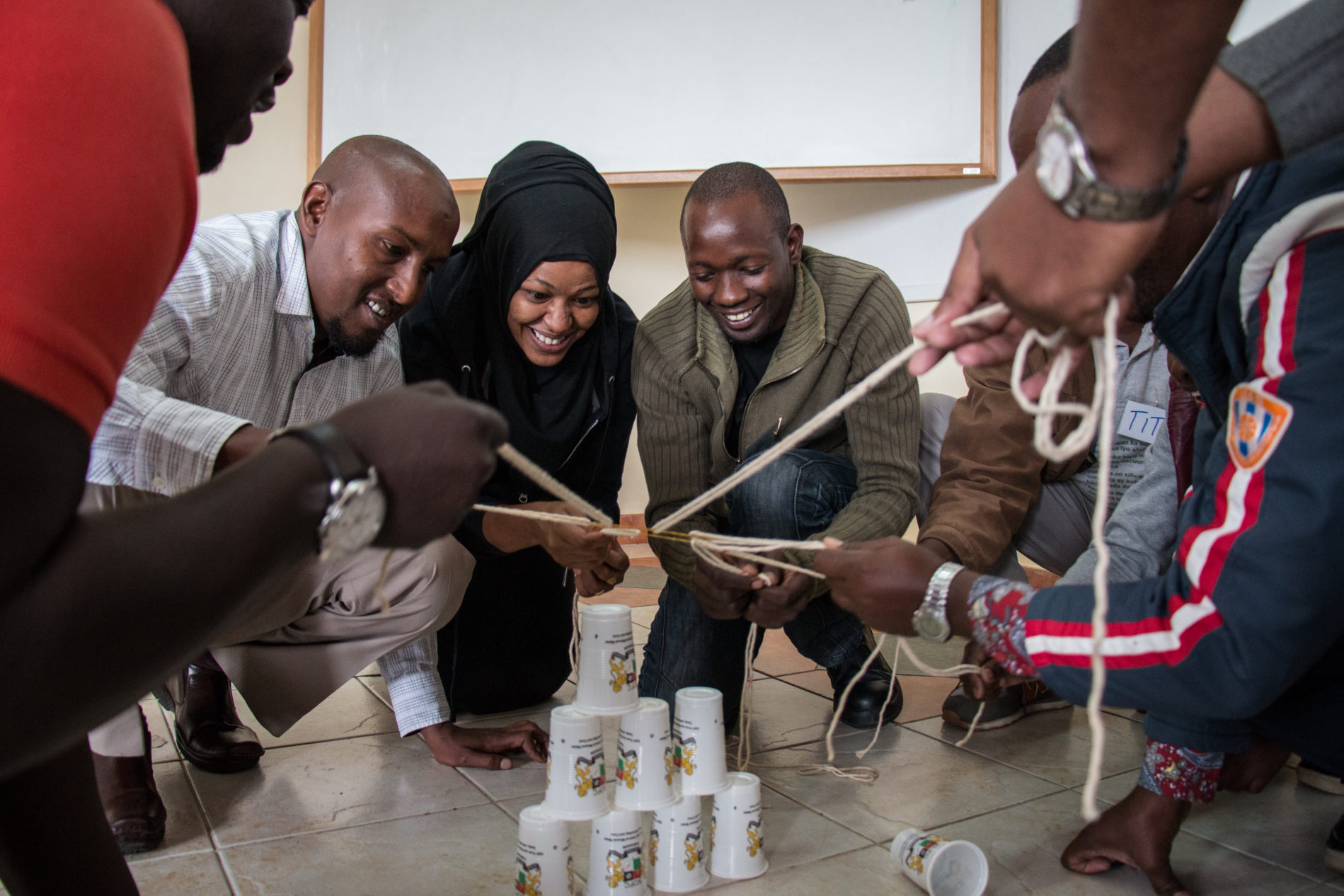Innovative Impact Assessment in Humanitarian Training
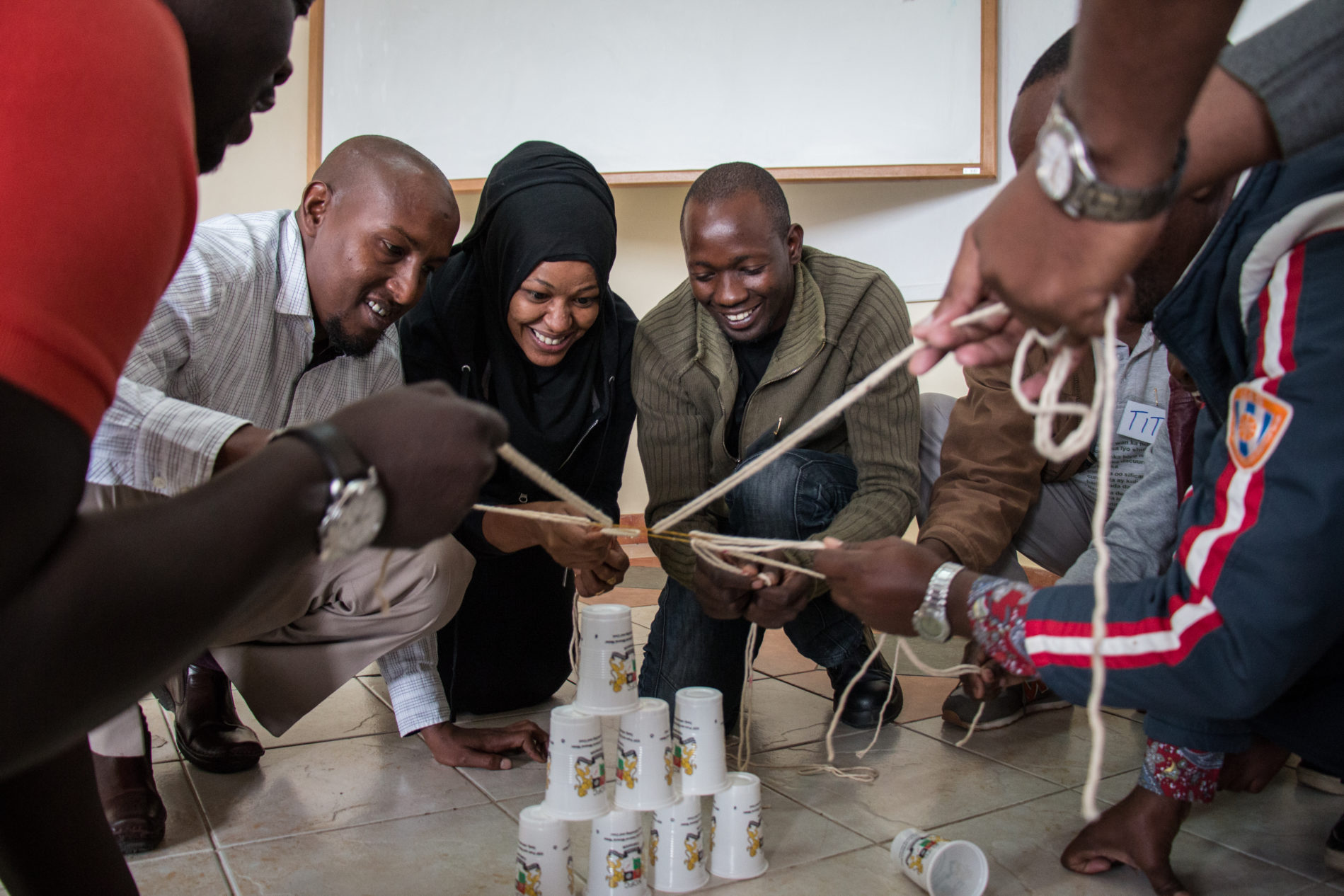
Project overview
RedR UK and the University of Sussex are redesigning and testing innovative methods to better understand participants’ learning and changes in behaviour following humanitarian capacity building interventions.
Project solution
This project offers [specific solution or intervention] to tackle [challenge]. By implementing [strategies, tools, or innovations], the project aims to achieve [desired outcomes]. The approach is designed to [specific actions or methods] to bring about meaningful change in [community, region, or issue area].
Expected outcomes
This project aims to achieve [specific outcomes], such as [measurable results, improvements, or changes]. The expected impact includes [benefits to the target community, advancements in research or innovation, or long-term effects]. By the end of the project, we anticipate [specific changes or milestones] that will contribute to [broader goals or objectives].
What is the humanitarian need?
Effective ways to evaluate capacity building interventions is an ongoing challenge for training providers. For humanitarians, the question of defining results is also key. RedR hosted a Training Providers Forum meeting on this topic in 2015, attended by INTRAC, Mango, Bioforce, People in Aid, Bond, IECAH, Groupe URD, Save the Children and the Humanitarian Leadership Academy. The challenges identified, including the difficulty and necessary investments in assessing impact beyond Kirkpatrick’s level 1, remain true. A summary of the meeting, prepared by INTRAC, states “the further along the results chain we attempt to go…the more time consuming, expensive and unreliable the results become” (Haddock, 2005). This work will contribute new ways to address these challenges.
What is the innovative solution?
Based on our research to date and analysis of RedR programmes, evaluation and impact data, three methodologies will be prototyped and tested:
- Role play/simulations with video capture at the beginning and end of training to enable the comparison of knowledge/skills before and after the training.
- Reflective practices using diaries and coaching sessions to understand how participants are applying their learning.
- Ongoing engagement with participants following the learning intervention to enable in-depth case studies at a later date.
What are the expected outcomes?
Prototypes of each methodology will be produced, tested and then refined based on user feedback. The innovative impact assessment methods will enable RedR to better and more efficiently evaluate its training interventions. Outcomes will be improved in 2 ways.
- Improvements in learning, behaviour change and results will be more likely, as methodologies which promote these changes are identified and increased in programme design.
- Incorporation of level 2 and 3 evaluation into capacity building interventions will increase our ability to assess these changes in a cost-effective way, supporting internal learning, ongoing improvement mechanisms and the reporting of more reliable information back to stakeholders.
Once successfully implemented at RedR, the innovations will be shared with our network, enabling others to better assess level 2 and 3 impacts of their interventions.;

Project delivery & updates
Stay up to date with the latest developments from this project. Here, you will find details on what has been delivered, resources created, and regular updates as the project progresses. Access key documents, reports, and other materials to see how the project is making an impact.
